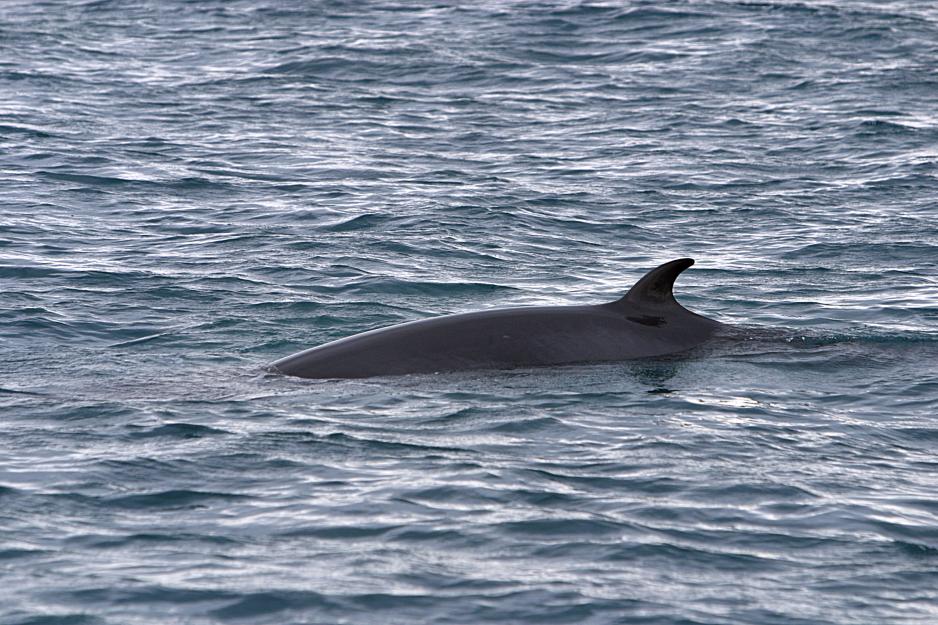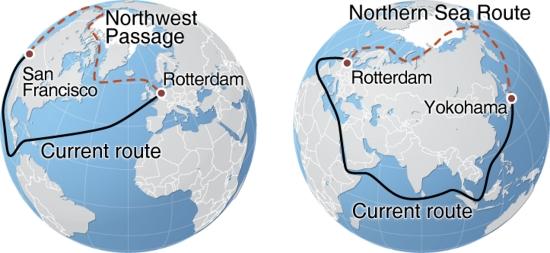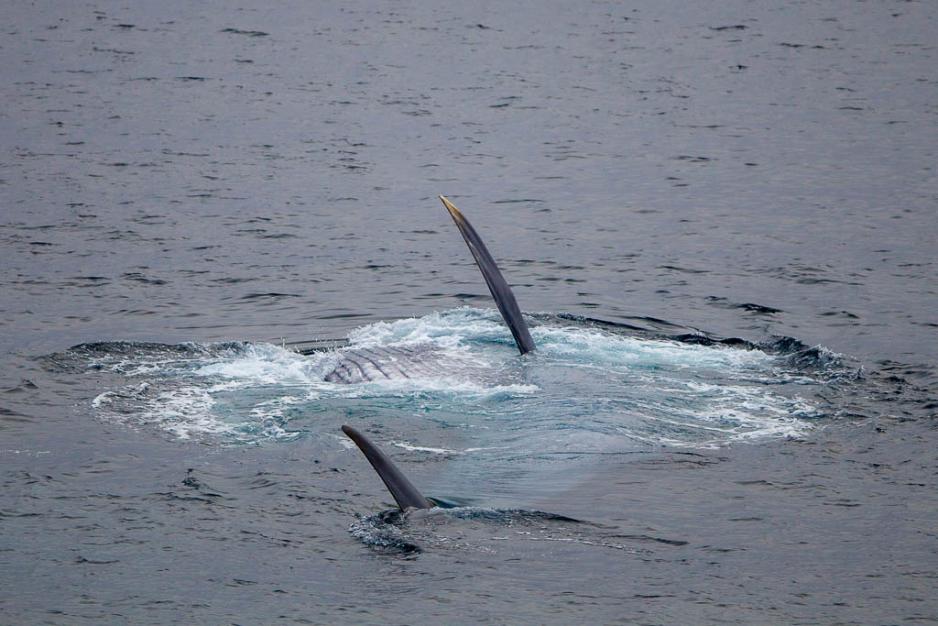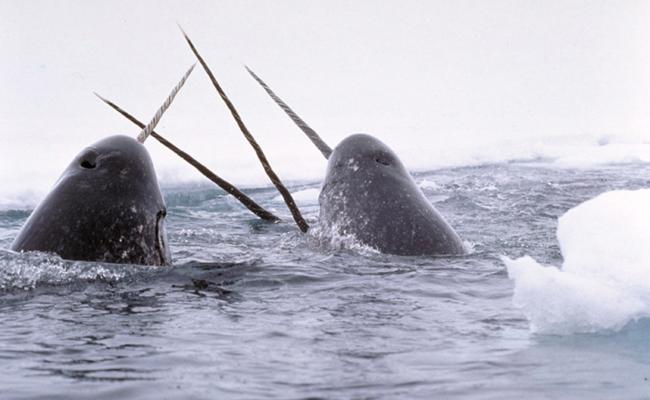Calls for Arctic Policy Action on Underwater Noise

Marine mammals' way of communication is significantly impacted by human noise pollution. A new PAME report calls for Arctic policy action to reduce the underwater noise pollution created by shipping in the Arctic Ocean. (Archive photo of a minke whale: Kjell-Arne Fagerheim/the Norwegian Institute of Marine Research)
A new Arctic Council report from the Protection of the Arctic Marine Environment working group predicts a significant increase in underwater noise from shipping in the Arctic Ocean by 2030. This poses a dramatic risk to whales and other noise-sensitive species.
The Protection of the Arctic Marine Environment (PAME) working group of the Arctic Council recently published an extensive report on underwater noise pollution from shipping in the Arctic.
Shipping is one of several underwater activities that produce noise in the Arctic. Along with mineral extraction, exploration, and port construction, human-produced noise alters the underwater soundscape and can potentially negatively impact marine ecosystems and Indigenous and local ways of life.
Like many other types of pollution, the Arctic is disproportionately affected. Noise pollution from shipping in the Arctic Ocean is increasing at a rate faster than anywhere else in the world.
PAME expects global economic growth and the expected decrease in sea ice in the Arctic region to be the major driving forces behind underwater noise pollution in the region.

Less sea ice will make existing polar routes more accessible, shortening transit times and increasing traffic in the Arctic region. The Northwest Passage has had a reduction in overall sea ice coverage, but the length of the shipping season has become variable and sometimes shorter due to risks associated with mobile ice. This has not led to a reduction in overall transits, however. (Source: Hugo Ahlenius, UNEP/GRID-Arendal)
Disturbs marine life
Underwater noise pollution is particularly disturbing for marine mammals, such as whales and dolphins. The noise can interfere with and obscure their ability to hear natural ocean sounds, which in turn can disrupt their natural behavior and communication.
Animals communicate to find one another, coordinate hunts, and detect and warn others about potential predators. A disruption of this behavior can therefore have a severe impact on the animals' lives.
The noise itself can also be loud enough to send the animals into a panic. To escape the noise, they might ascend too quickly, leading to decompression sickness and skin damage. Loud sounds can also cause hearing loss or cause animals to strand and die.
Increased noise in the Arctic Ocean
The PAME report states that underwater noise from shipping will increase across the Arctic Ocean if no action is taken.
The working group's model predicts that underwater noise pollution will increase significantly by 2030, primarily due to increased ship traffic and reductions in sea ice extent and thickness.
The increase of noise levels will not be uniform, however. In regions with less shipping, such as the Chukchi Sea, changes will be significant despite only modest increases in shipping. And in regions with heavy shipping, such as the Barents Sea, changes will not be as noticeable, but ship noise will nonetheless be persistently higher than across most of the sea.

Marine animals that come to the surface to breathe are particularly sensitive to noise pollution in the Arctic Ocean due to the way sound travels in cold temperatures. Blue whales are one such species. (Photo: Tommy Dahl Markussen)
Need new measures
However, the report emphasizes that even small increases in ship traffic will impact the noise level because of the way sound behaves in the Arctic Ocean. Cold temperatures allow sound waves to travel farther and closer to the water's surface, which particularly impacts animals that come to the surface to breathe.
The working group has used models to enable the testing of scenarios, including vessel management measures that have the potential to affect underwater noise, in order to support decision-making and policy-making.
PAME proposes re-routing of ships around sensitive habitats for animals, including speed reductions, and technological and technical adjustments to reduce underwater noise.
Such measures are currently voluntary or not efficient enough, according to the report. PAME emphasizes that measures must be adapted to regional differences and spatial scale.
Read the entire report here.



